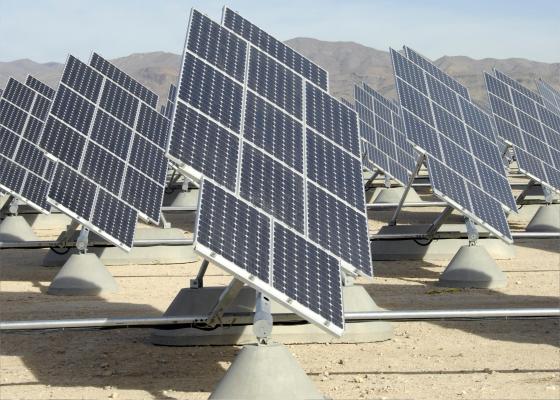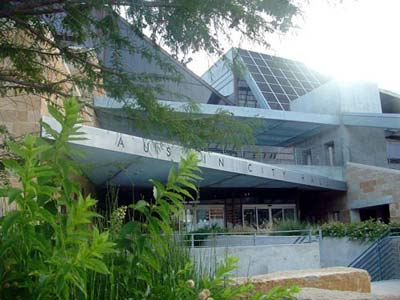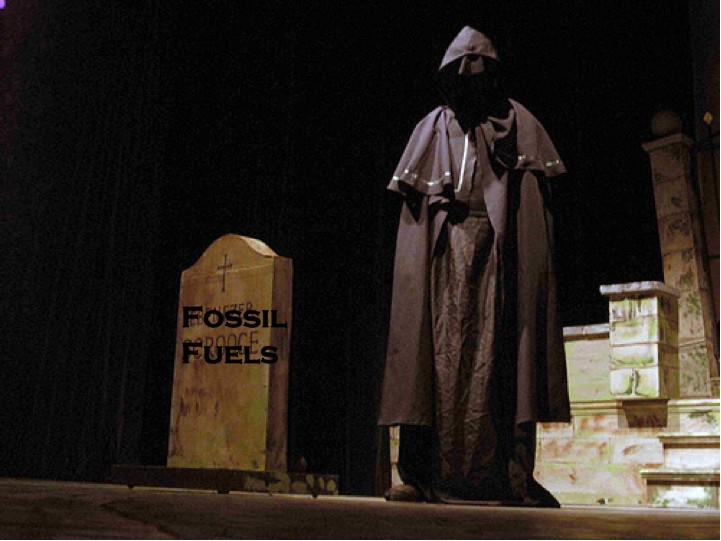 Time to show your support for solar, and your opposition to new nuclear power!
Time to show your support for solar, and your opposition to new nuclear power!
On Thursday, Austin City Council will take up the issues of nuclear energy and solar energy. We can’t think of a better picture to illustrate the fork in the road we face when it comes to Austin’s energy future.

Item 3 on the City Council agenda: Austin Energy will appropriately recommend, again, that the City of Austin not invest in expansion of the South Texas Project. Austin Energy hired the pro-nuclear consulting firm Worley Parsons to examine the proposal, which concluded that Austin’s share of the proposed 3rd & 4th reactors would cost around $2 billion (that’s only 16% of the total, btw). Our solid credit rating would likely decline due to the large amount of debt the city would have to issue coupled with the high risk of cost overruns and schedule delays typically associated with nuclear power plants. Furthermore, the addition of 432 megawatts of baseload nuclear power does not fit with Austin’s projected electric demand forecast. This deal didn’t make sense in 2007 or 2008. It makes even less sense in 2009.
New nuclear power economics are frightening (several cost estimates put new nukes in a category by themselves), and it’s a down right nasty way to make electric power. Uranium mine sites plague groundwater sources, there is no plan in place to deal with the waste, and Texas can ill-afford to devote its precious water resources to running a radioactive water boiler.
We don’t need to go down the nuclear path again. We’ve learned from the mistakes of previous councils. Remember, Carole Keeton McClellan [Strayhorn] was mayor of Austin (1977-1983) when the city trapped itself in the boondoggle that was the first two units at STNP. Read the Austin Chronicle article from 2006 on her (scroll down to “Nailed to the Nuke”).
She is running for mayor again, which means this becomes a radioactive campaign issue. Where do Leffingwell and McCracken stand on the issue? Stay tuned.
Better options exist. Come out and voice your opposition to new nuclear power.

Item 16 on the City Council agenda: Austin Energy will recommend that Council approve a plan to invest in 30 megawatts of solar power from the proposed solar plant near Webberville. This project is a good start down the path toward a renewable energy future for Austin. The 25 year $250 million contract with California-based Gemini Solar Development Company will provide Austinites clean, renewable power from one of the largest photovoltaic arrays in the world. Solar beats new nuclear power on cost, environment and meeting peak demand.
Solar power may seem expensive, but compared to what it costs to run natural gas plants to cover the same peak period and its associated environmental impacts, it’s a winner.
Some have raised objection to the fact that the solar panels are not local. Buying local is always preferable, but it’s not always feasible. There are no Texas companies that can currently manufacture panels for this sized plant. And while a California company has gotten the first contract because of California commitment to solar, local contractors and products can be used to construct and maintain the facility. Austin will still own the land too. We hope that with more plants like this one, solar companies will get the message that Texas is open for business.
We expect a large pro-nuke/anti-solar crowd, so come out to City Council this Thursday, Feb 12, sign up to voice your support for solar power. Tell City Council you want more!
Council convenes at 10 AM.
Read Full Post »
![]() Just a reminder that the Austin City Council will have its final vote on the proposed 30 MW Webberville Solar Plant at a meeting this Thursday, March 5. The Council meeting is of course open to the public, so please come by City Hall starting at 10 a.m. to show your support for the plant! There are kiosks in the main hall where you may sign in and register to testify if you so choose. Even if you cannot stay to observe the proceedings, you can still sign in at the kiosk to document your support for the solar plant, which will be Item 16 on the agenda. Remember “Item 16” because you must know the agenda item number to register your support at the kiosk.
Just a reminder that the Austin City Council will have its final vote on the proposed 30 MW Webberville Solar Plant at a meeting this Thursday, March 5. The Council meeting is of course open to the public, so please come by City Hall starting at 10 a.m. to show your support for the plant! There are kiosks in the main hall where you may sign in and register to testify if you so choose. Even if you cannot stay to observe the proceedings, you can still sign in at the kiosk to document your support for the solar plant, which will be Item 16 on the agenda. Remember “Item 16” because you must know the agenda item number to register your support at the kiosk.

 Time to show your support for solar, and your opposition to new nuclear power!
Time to show your support for solar, and your opposition to new nuclear power!

 Austin has long been a hub of the semiconductor industry because a generation ago, state legislators passed a package of incentives to lure silicon chip manufacturers to Texas. This created a high tech boom that has enriched Texans for over 20 years. But now thousands of those jobs are disappearing. The technologies involved to manufacture semiconductor chips and solar installations are very close, and business leaders believe that the semiconductor industry can actually be repurposed to produce solar. At the very least, the skill sets involved in one translate seamlessly into the other, so that individuals who lost semiconductor jobs are the perfect candidates for new solar jobs.
Austin has long been a hub of the semiconductor industry because a generation ago, state legislators passed a package of incentives to lure silicon chip manufacturers to Texas. This created a high tech boom that has enriched Texans for over 20 years. But now thousands of those jobs are disappearing. The technologies involved to manufacture semiconductor chips and solar installations are very close, and business leaders believe that the semiconductor industry can actually be repurposed to produce solar. At the very least, the skill sets involved in one translate seamlessly into the other, so that individuals who lost semiconductor jobs are the perfect candidates for new solar jobs. I’m embarrassed.
I’m embarrassed. This week t
This week t
 Want Austin to do think outside the box on energy efficiency?
Want Austin to do think outside the box on energy efficiency?





 This Tuesday I spoke at the PUC’s public hearing on
This Tuesday I spoke at the PUC’s public hearing on 

